
kui tjuzingla experienced setbacks when he came home to revitalize his culture. But learning from and dealing with present realities helps kui transform traditions - while staying true to the community’s sense of spirit and helping its youth find their way.
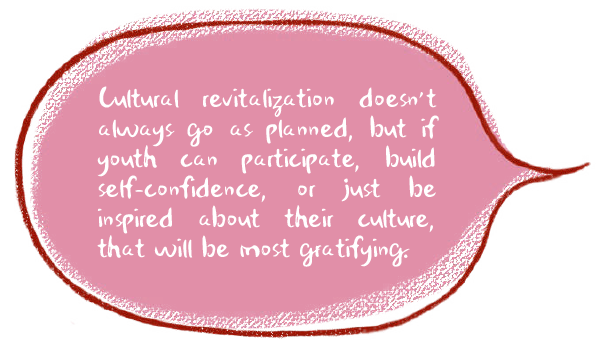
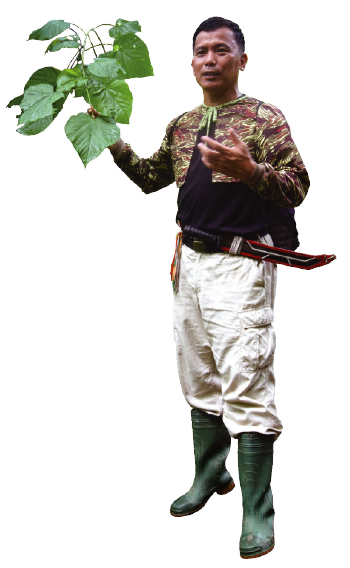
kui tjuzingla was born in the Tjaranauma Community in Pingtung. An easygoing young man, he left for university and then worked in Taipei, for the most part taking each day as it came. One day, as luck would have it, an opening came up at Lai Yi High School for an intern teacher, and kui returned to his hometown to teach. Now kui helps promote courses teaching indigenous culture and instructs at the community’s youth association, sparing no effort to passing on indigenous culture. But in fact, kui himself is part of a generation that almost lost its own culture.
“I lived through the New Life Movement and the ban on indigenous languages, so I didn’t think much about ethnic groups and those sorts of things before high school,” kui shared with a smile. He recalled elementary school, when an imaginative teacher from outside the community taught what he thought was a Native American dance during the school’s 20-min break. “Back then we just copied the teacher. We had no idea if it was right or wrong.”
While in university in Taipei, the indigenous movement was in full swing, and kui and classmates took to the streets in their support. He befriended the Formosa Aboriginal Song & Dance Troupe, learned music and dance, and participated in the group’s events. “In Taipei, I started getting ideas about ethnicity and got interested in indigenous culture.” After working for the dance troupe and Academia Sinica’s Institute of Ethnology, in 2002 kui went back to Pingtung to be a teacher.
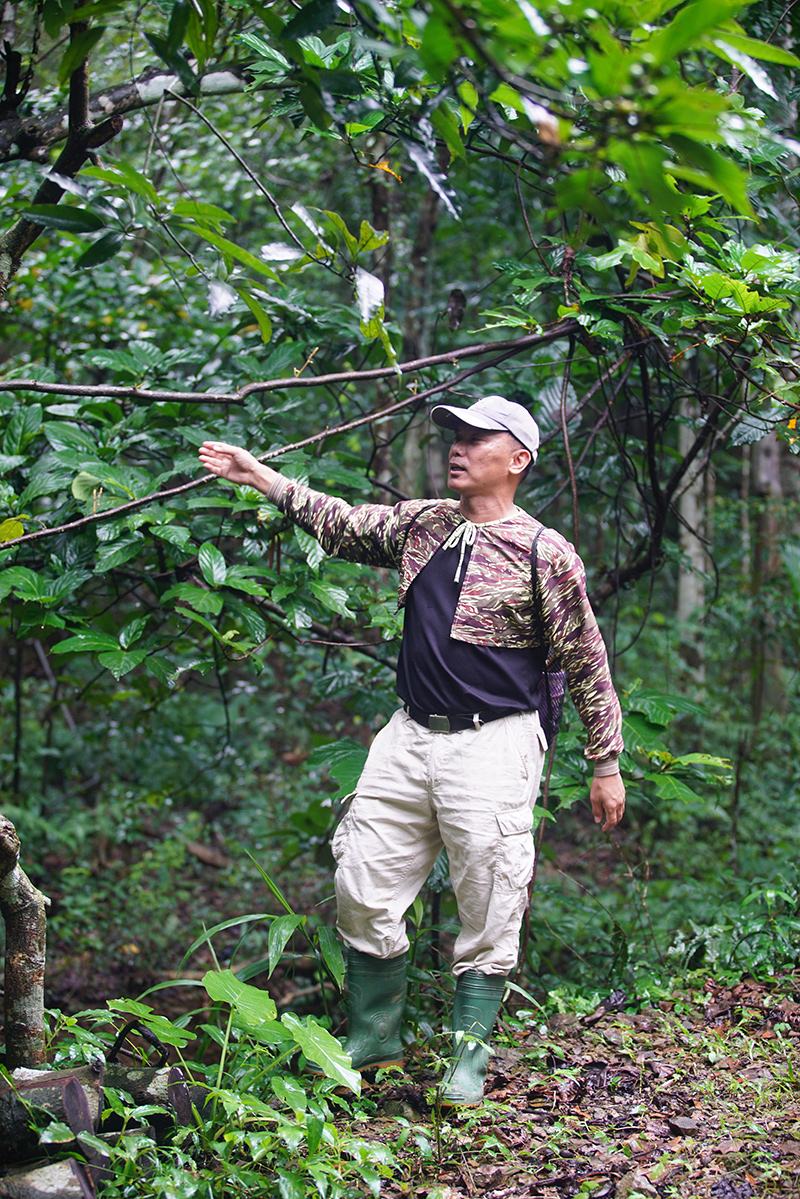
By revitalizing the papuljiva tradition, youth also learn about plants.
Setting Up Two Youth Associations Back Home
Everyone wants to do something for their homeland, but the harsh realities of returning often get in the way. “Many young people get back to the community to find no stable jobs and no way to support themselves. It’s hard to stay long.” A self-proclaimed “old youth,” kui was fortunate to find work as a teacher, and happily accepted a senior’s invitation to participate in community affairs.
At that time, most community projects were related to cultures and traditions. Hoping to teach community youth about their cultural heritage, kui established a youth association around 2005. But for people in their 20s and 30s with the responsibilities of work, learning about traditions and culture may not be a priority. “This generation has little culture awareness, and it’s especially hard to learn traditional music and dance or read Romanized texts. They have to learn pronunciation using Zhu-Yin (phonetic symbols used to teach Mandarin pronunciations in Taiwan). It also doesn’t help that they all have their own personal business, this dissipates their willingness to participate,” said kui regretfully.
Later, Sakinu returned to his community and established a youth association. Kids in Tjaranauma who took part in youth association activities reached out to kui and proposed working with community youth. So in 2011 kui set up a second association, this time for elementary and middle school students – kids who live in the village or go home every weekend. Now that the school pays more attention to the community’s language and traditions, kids grow up connected with their culture, and it’s easier to plan youth association curriculum and events.
“Exposure to different languages at young age makes our work easier. Romanization is a tool to learn other cultures. And smart phones add to diversity in ways to learn.” Now that the youth association has been operating for nearly a decade, kui seems to have found his rhythm. But then his tone shifted. “Indigenous kids can’t compete with others at school, and they often fall through the cracks. The youth association is where they can find a sense of belonging.”
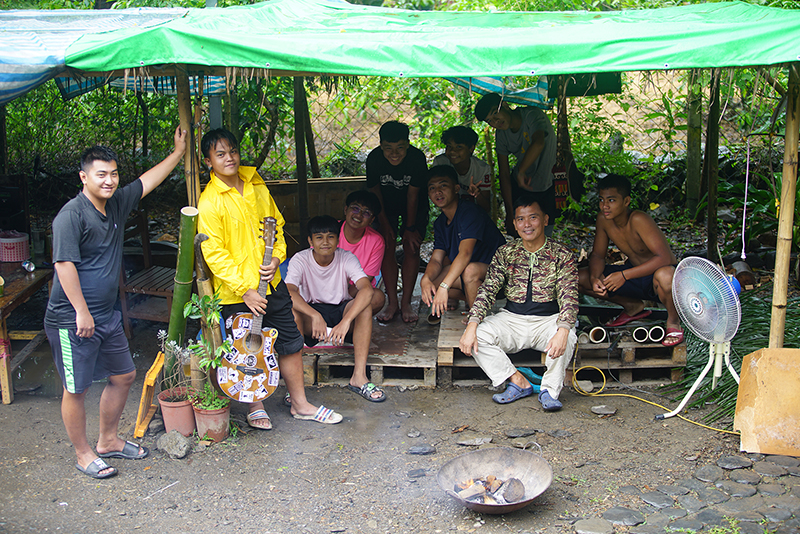
kui has a close bond with youth organization members.
Letting Traditional Culture Manifest
It’s not only traditional music and dance. With government support, Tjaranauma has recreated the traditional Paiwan papuljiva’ ritual (delivering the firewood of love). In recent years, they even use masalut to attract more people to participate in and explore traditional rituals by hosting large scale events.
“Why deliver firewood? Firewood tops the list of seven household necessities (the other six are rice, oil, salt, sauce, vinegar, and tea). Firewood is an essential to everyday life.” kui explained that in the past, Paiwan social structure and gender boundaries were rigidly defined, and unmarried young people expressed affection in songs sung between chores - or by delivering the “firewood of love”.

Two Ways to Confess Affection
 Papuljipa—after dark and in secret
Papuljipa—after dark and in secret
After nightfall, the young man sets off to his sweetheart’s home to deliver a bundle of firewood before dawn. He doesn’t do it just once; he can make his midnight run whenever he has enough wood.
 Papzueluk—during the day and in public
Papzueluk—during the day and in public
When family negotiation is successful, the man and some friends harvest wood in the mountains. The man brings the wood to the woman’s home, where she provides a gift in return. If both parties are satisfied with the arrangement, they may get married.
Times have changed, and the traditional display of affection is no longer practiced. Still, kui wants the younger generation to see community spirit in action, in a way that transfers into knowledge of the culture’s ecosystem. kui explained that searching for trees used as “firewood of love” will turn up Taiwan Crepe Myrtle and Horseshoe Vitex. But these species are reserved for royal weddings; regular folks use Turn-in-the-Wind and the Guest Tree. “In Tjaranauma, we remove the bark so the wood looks nice. Taiwan Crepe Myrtle and Horseshoe Vitex have thin bark, so you don’t have to take it off.”
It’s also typical Tjaranauma practice to sharpen the sticks at both ends. “In the old days, we only had knives, no saws. Sharpening both ends is a test of the man’s patience.” There are specifics involved in cutting vines to tie up the bundles, too. Take kudzu, for example: “Kudzu is easy to get but its moisture content makes it break easily, so it’s only used if nothing else is available. If you use the Netted Vein or Pisonia, you have to cut it in half so it’s easier to tie.” When the wood is tied up both ends of the vine should face the same direction – a symbol of the couple’s shared aspirations.
With youth out-migration in mind, kui assigns specific tasks to each child. “We try to get the kids who live outside the village to come back and help deliver firewood. It’s not only to help them establish an ethnic identity, it helps them make friends too, and maximizes the impact of culture.”

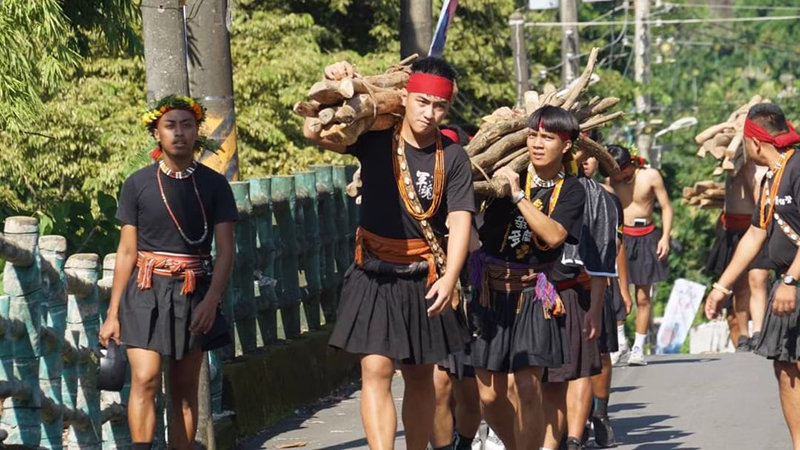
Young people in Tjaranauma deliver “firewood of love.”
Cultural Revitalization, Easier Said Than Done
Since returning home almost 20 years ago, Kui has been promoting cultural revitalization in his homeland. He admits that doing cultural work isn’t as encouraging as one might think. “Firewood used to be very important when homes didn’t have gas. Now, times have changed. People wonder what’s the point of delivering firewood of love.”
It’s not only cultural preservation that’s being challenged. Traditional practices can seem impossible to complete. With most lands now being privately owned, where can you cut firewood without infringing on someone’s property rights? Coupled with a sharp decline in the number of farmers in the village, how can you have enough trees to go around? “With so many problems to be solved, and you hope to get people involved in a way that resonates with their cultural identity, it’s not easy at all,” said kui.
While the government actively promotes indigenous cultural revitalization, both social and environmental conditions have changed. Culture workers are constantly greeted with skepticism and questions. “Cultural revitalization doesn’t always go as planned, but if youth can participate, build self-confidence, or just be inspired about their culture, even though they may not sing the old songs well, that will be most gratifying.




